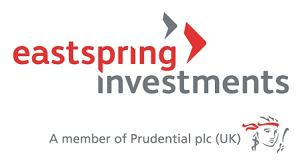KEY TO GLOBAL GROWTH AND REDUCING LONG-TERM RISKS
The Belt & Road Initiative, announced by President Xi Jinping in 2013, is a drive to build infrastructure connecting China and the other 64 Silk Road countries of ASEAN, South and Central Asia and the Middle East. The initiative is well recognised as a welcome stimulus to global growth, and helping countries face the challenges of poor physical and social infrastructure. What is less discussed but equally important is Belt and Road’s potential to address the massive and urgent need to create hundreds of millions of jobs across the region to absorb a dramatic surge in working population, especially the young adult population. Unaddressed, a growing jobs gap could lead to political fragility, the rise of new fanatical movements and new economic and conflict-driven refugee crises that would dwarf what the world, especially Europe, has faced recently.
The low level of physical and social infrastructure in emerging economies is well-documented. Most of the United Nations’ seventeen Sustainable Development Goals are related to, if not dependent on, improving infrastructure, ranging from clean energy, water and sanitation, to health, education and sustainable cities. Accelerating infrastructure investment to close the gaps in those areas is a priority of numerous global public organisations.
What is not often as explicitly addressed, however, are the links between infrastructure and sustainable creation of jobs, and between jobs and stability. Concerns about job loss or the lack of economic security are a source of political stress that is creating an unpredictable new normal in politics today, especially in Europe and America. In poor, emerging countries, joblessness, particularly among rapidly growing young working populations, can contribute to instability. In 2010, just before the Arab Spring, surveys found that of eleven issues including political and religious controversy, “employment” ranked first in importance in all six Arab countries with annual PPP per capita incomes under USD15,000.
